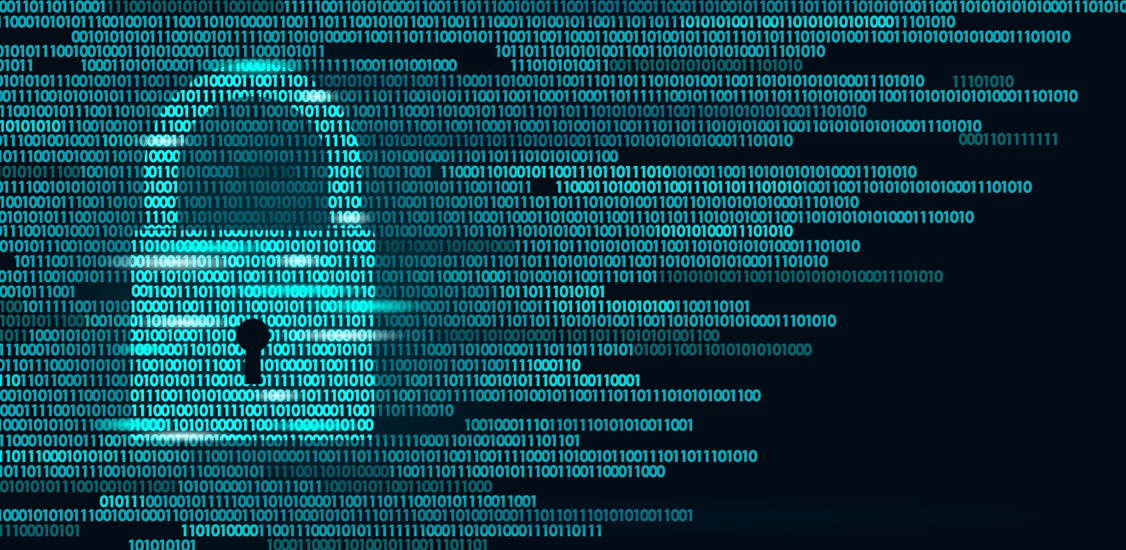According to a report by Coleman Parkes, half of mobile consumers think COVID-19 has increased cyberthreats. Perception isn’t always reality - but in this case it is - and will only continue to worsen. In 2021, it is projected that a cyberattack will happen every 11 seconds and cybercrime will cost the global economy $6.1 trillion dollars annually, becoming the third largest economy in the world.
Since spring 2020, COVID-19 has changed where we work to how we communicate. As a result, more time is spent online with people accessing business assets over unsecured connections which substantially increases the risk of cybersecurity attacks. Exacerbating the issue is 5G’s increasing adoption, which, because of its architecture, opens a multitude of new entry points for attacks. This combination leaves businesses, mobile subscribers, and 5G networks more vulnerable to cyberattacks than ever before. Fortunately, communication service providers (CSPs) can arm their networks with network-based security solutions to mitigate threats that come their way this year.
Personal devices and business don’t mix
Although vaccines are being distributed nationwide, COVID’s impact on the adoption of fully or hybrid online working environments is likely to stay. Video conferencing, online events, and other virtual workplace changes have largely been proven successful and new habits have already been formed. But unbeknownst to some businesses, they also need additional security services to protect their employees’ devices. While work from home (WFH) saves thousands of dollars in business, operations, and other technological expenses, employees who use their own personal devices for business put the individual and their respective company at risk of a security breach.
Employees often bring their personal habits into their professional lives. They reuse weak passwords or make mistakes, such as unknowingly clicking on a phishing link or downloading malicious software, which can cost the company thousands or millions of dollars. This year businesses may begin to proactively train workers on cybersecurity tactics and how to spot suspicious emails or links. Additionally, businesses will look to adopt cybersecurity services to mitigate these cyberattacks by simply catching them before employees even notice.
5G’s spread calls for cybersecurity solutions
In addition to WFH growth, 5G is beginning to introduce a new wave of smart devices which, compared with 4G, access the 5G network using a far larger number of vulnerable entry points where cybersecurity threats can enter.
While consumers aggressively adopt a more digital lifestyle with 5G, they do not complement it with security efforts at nearly the same level. According to the aforementioned global report by Coleman Parkes, an average of 60% of mobile subscribers reported having an antivirus solution, 52% antimalware, and 43% have a phishing protection solution installed. Those that opt out of cybersecurity attribute it to high costs. However, this may very well change in 2021 as consumers look to their CSPs for cost-effective protection against online threats.
CSPs are positioned perfectly to offer cybersecurity
90% of consumers believe that their CSP should provide protection against online threats and express a willingness to pay an additional monthly fee for an easy-to-use solution that protects all their connected devices at home and on the go, according to the report. This may stem from the idea of consumer safety, in which people assume that if the device is sold by a reputable brand, it must be safe for use.
Since CSPs already touch all aspects of the network from the core to a large customer base, we expect to see them increasingly become the providers of comprehensive network-based security solutions for their subscribers’ smartphones, computers, and other connected devices. This is done with no downloads needed on the subscribers’ part, and updates are implemented once by the CSP and instantly go into effect for every user of the service. The users receive a notification but need not take any action to enjoy the update.
It’s a win-win situation as subscribers gain up-to-date threat intelligence and anti-virus scanning that protects them from phishing and ransomware attacks, adware, viruses, banking Trojans and other types of malware, while CSPs gain brand loyalty and a revenue generating platform.
COVID-19 has had a powerful effect on the entire population, making everyone hyper-aware of the kinds of cyberthreats they could face, while making them much more willing to take serious steps to protect themselves. From new devices entering the market to consumers increasingly using their devices at home, consumers can never be too safe against cyberattacks and CSPs will be there to provide this much needed protection.


















